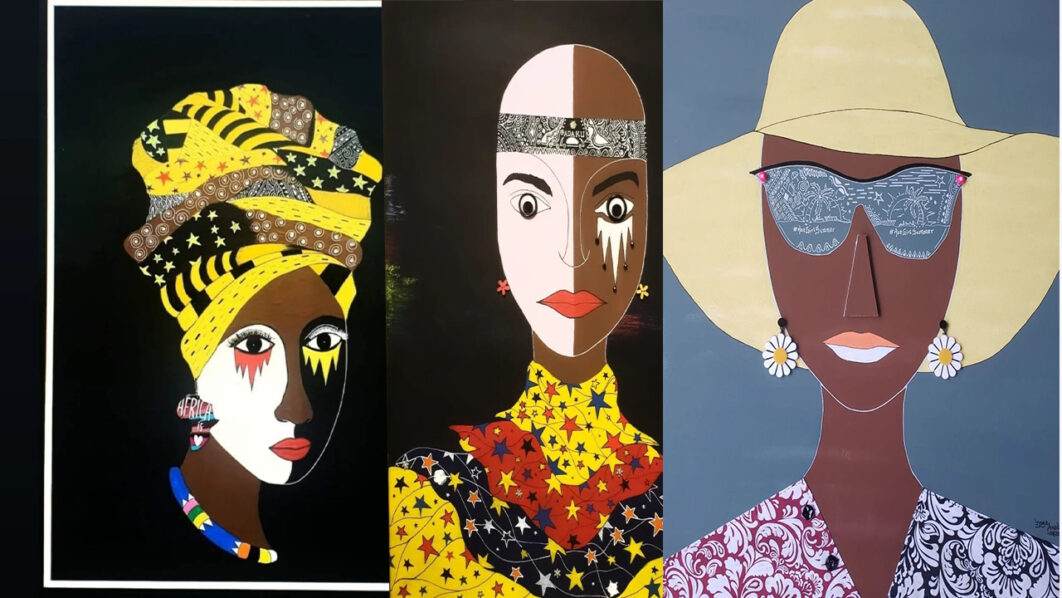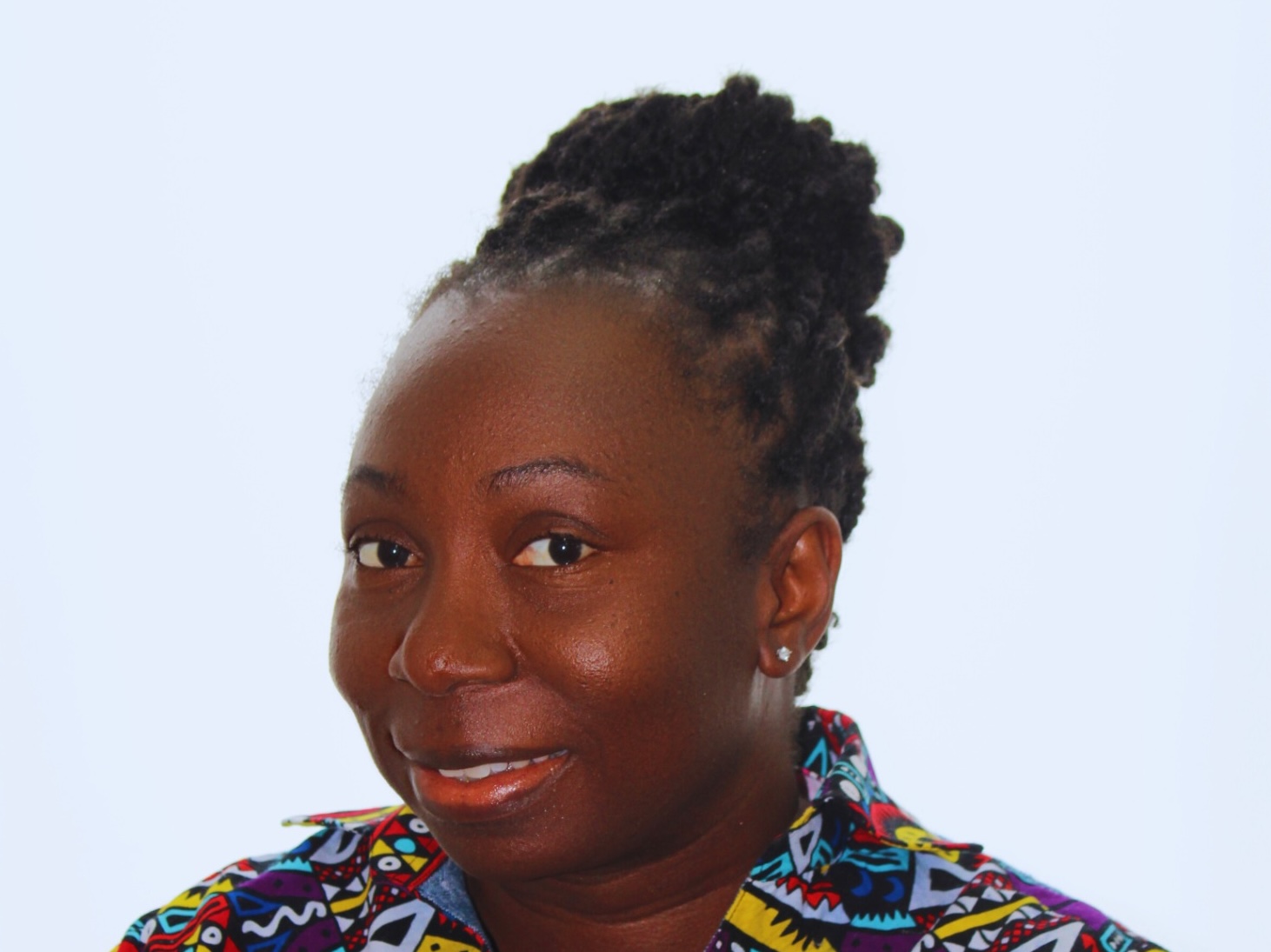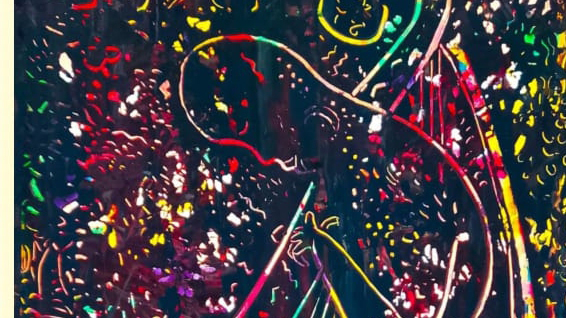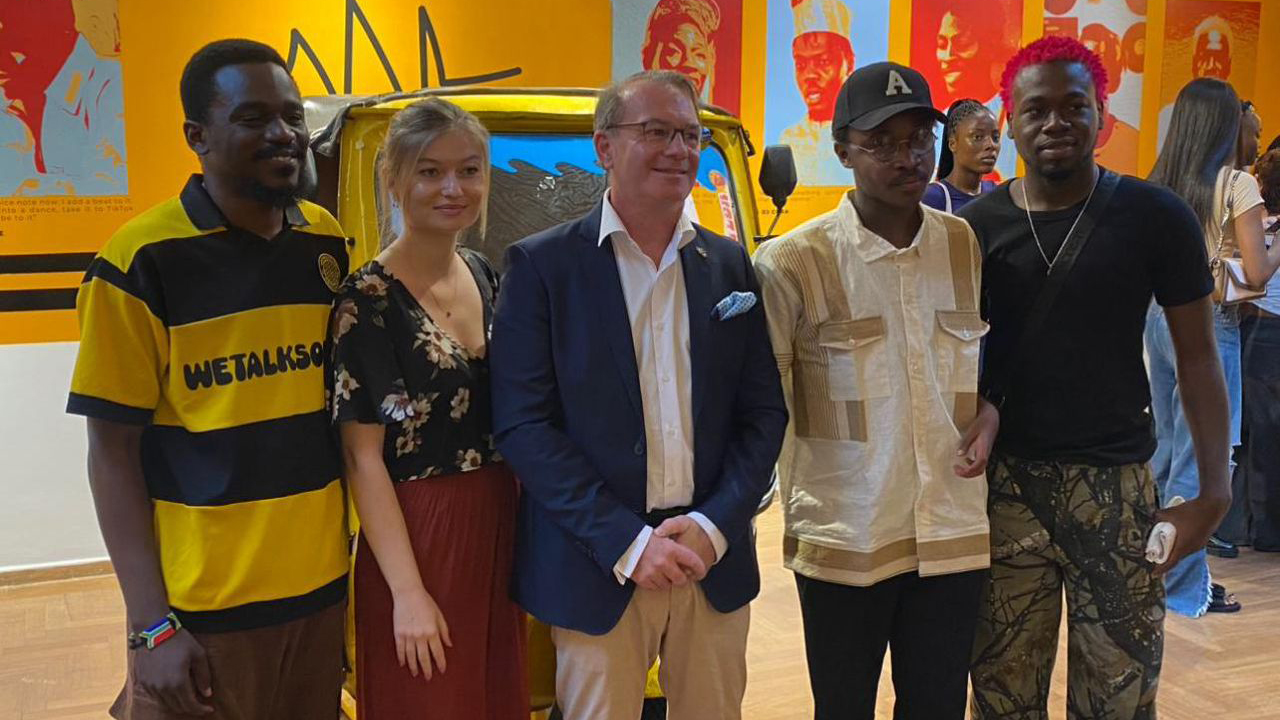
Despite economic challenge faced by Nigeria, demand for the country’s art booms. Nigerian art continues to gain global attention and command staggering fees on the domestic and international markets. This development comes against the backdrop of an increasing representation of artists by professionally-run galleries specialising in art from the continent; more appearances by Nigerian artists at major fairs, biennales and festivals, all over the world, more artists studying at prestigious international institutions; and critical text, well distributed to new audiences through alternative channels including social media.
The social media, mostly facebook and instagram, have inspired online exhibitions that are attractive to foreign collectors. It is no longer the galleries that are doing the marketing of art works, but the artists themselves. Amid strong demand and skyrocketing prices, contemporary Nigerian art is increasingly attracting the attention of investors worldwide.
“On a daily basis, between 10.00am and 12.00pm, you’re sure to find nothing less than 20 artists at the DHL office, especially in Oshodi, with well packaged art works ready to be couriered abroad. It is a testament to the growing interest that African artists have spurred on the international markets,” said the artist Ato Arinze.
Some Nigerian artists have found great success at home and abroad, but they often have to do without the traditional markers of career progression: an art school education, strategic gallery associations, or a famous mentor. Painter Collins Obijiaku, for instance, went straight from working in obscurity in Nigeria to being represented by renowned Californian gallery, Roberts Projects.
For Sandra Mbanefo Obiago, the founder of SMO Contemporary Art Gallery, Lagos, notes that the country is experiencing a ‘cultural renaissance’ despite the background of ‘political and economic challenges.’
In February 2023, Nigerian voters went to the polls to elect a new president, which could have heralded a moment of transformation for Nigeria’s artists and museums, but in fact resulted in “a huge devaluation of currency,” Obiago says.
One artist who is enjoying from the market for art that have emerged in regions hitherto excluded from the global art system is Chieloka Anadu, a self-taught visual artist.
After his group show at Boomer Gallery Tower Bridge in London in 2022 with Liu Yuyang and Katerina Lacovides, he has become more famous. Anadu has improved over the last three years, with the most dramatic change in 2024 with more people interested in his work.
“I started creating art at a very tender age. For me, art is not just a profession; it’s a means of self-expression and, in many ways, an escape from reality. I use my work to convey my thoughts and emotions, translating them into visual forms that speak to viewers,” he says.
He began creating art when he was very young. It was a natural inclination for him. He didn’t go through formal art education. Instead, he developed his skills through constant practice, keen observation, and studying the works of artists he admired.
According to him, “it was challenging, but also rewarding, as it allowed me to develop a unique style and perspective.” He has always been the pure joy of creation and the ability to express his innermost thoughts through visual media. “My primary motivation art also serves as an escape for me – a way to process the world around me and create something beautiful,” he says.
He is a great admirer of the man considered to be Nigeria’s master of Modernism. In 2018, Bonhams sold Tutu by Enwonwu in London for £1.2m (with fees), setting the auction record for a work by the artist. Bonhams also sold another work by Enwonwu, Yoruba Woman in Blue (1973), for £686,200 (estimate £250,000-£350,000).
“I greatly admire the achievements of Ben Enwonwu. His work in bridging traditional Nigerian art with modern techniques and his success on the international stage have been truly inspiring. Enwonwu showed that Nigerian artists could make a significant impact globally while still maintaining their cultural identity,” Anadu quips.
On initial challenges, he had this to say: “One of the biggest challenges I faced early in my career was finding galleries willing to work with me. Many galleries preferred to collaborate with either familiar artists or established artists, which was really frustrating. It was a catch-22 situation – you need exposure to get established, but you need to be established to get exposure. Overcoming this hurdle required persistence, consistency, and continual improvement of my craft.”
Today, Anadu is proud to say that he has made significant progress in his career. A highly technical artist, his background in architecture influences his works as it enhances his attention to detail, and how he works with spaces in an organised form.
From Hot Girl Summer to Ichafu, Adaku and Renaissance, the artist is quite eclectic in his approach as he believes “art is freedom and no artist should be put in a box.”
His works are often narrative as he enjoys storytelling: NILE – Nature, Igbo heritage, life experience, and his environment – are the four pillars the artist draws inspiration from.
In his words, “each stroke of my paintbrush is a release of energy.” He confesses, “I’ve had the opportunity to exhibit my works across various galleries in multiple countries, participating in both group and solo exhibitions. I continue to do so, which allows me to reach diverse audiences and share my art with the world. Additionally, I take on commissioned works, which is gratifying as it means people connect with my artistic vision and want it in their personal spaces.”
His aspirations are multifaceted. On a personal level, he wants to continue growing as an artist, pushing the boundaries of his creativity and technical skills. On a broader scale, he hopes his work can contribute to promoting African culture globally and help establish African art more firmly on the international stage. “I want to follow in the footsteps of artists like Ben Enwonwu, creating work that resonates both locally and globally,” he smiles. On government’s support for art and encouragement of youths, he believes it has a crucial role to play in nurturing the arts.
“We need increased funding for arts education and programmes, not just in tertiary institutions but at all levels of education. Grants and financial support for artists, especially emerging ones, would be immensely helpful. Creating more public spaces for art exhibitions and integrating art more thoroughly into school curricula would also go a long way in encouraging youth to explore artistic paths,” Anadu retorts.
He says art is a powerful medium for cultural expression and exchange. “Through our art, we can showcase the richness and diversity of Nigerian culture to the world. By participating in international exhibitions, as I’ve been fortunate to do, we can increase global awareness and appreciation of Nigerian art and culture. Digital platforms also offer exciting opportunities to reach global audiences. Moreover, we can create art that bridges our traditional aesthetics with contemporary global trends, making our cultural expressions relevant and appealing on the world stage.”
On how Nigerian art is valued abroad, and how we redefine the narrative to earn forex by promoting art, he surmises: “From my experience, exhibiting internationally and receiving commissions from abroad, I can say that there’s growing appreciation for Nigerian art globally. However, there’s still much room for growth. To redefine the narrative and increase our forex earnings, we need to develop a strong national brand for Nigerian art. We should invest in digital platforms to showcase our art globally, facilitate greater participation of Nigerian artists in major international art fairs, and encourage collaborations between Nigerian artists and international galleries. Developing art tourism packages could also attract international visitors and boost our forex earnings.”
Policy initiatives he would advocate for?
“Several,” he answers. “I would advocate for increased investment in arts education at all levels, the creation of a national endowment for the arts, tax incentives for art purchases and donations, and support for art fairs and international exhibitions featuring Nigerian artists. These initiatives could significantly boost the Nigerian art scene and its global impact.”
To him, “art has immense potential to contribute to national economy. It can boost tourism by attracting visitors to our museums, galleries, and cultural sites. The creative industries create jobs not just for artists, but for a whole ecosystem of professionals. Exporting artworks and crafts can be a significant source of foreign exchange. Moreover, a thriving art scene stimulates related industries like framing, art supplies, and digital art tools. By investing in our art sector, we’re investing in a vibrant, sustainable part of our economy.”
.






